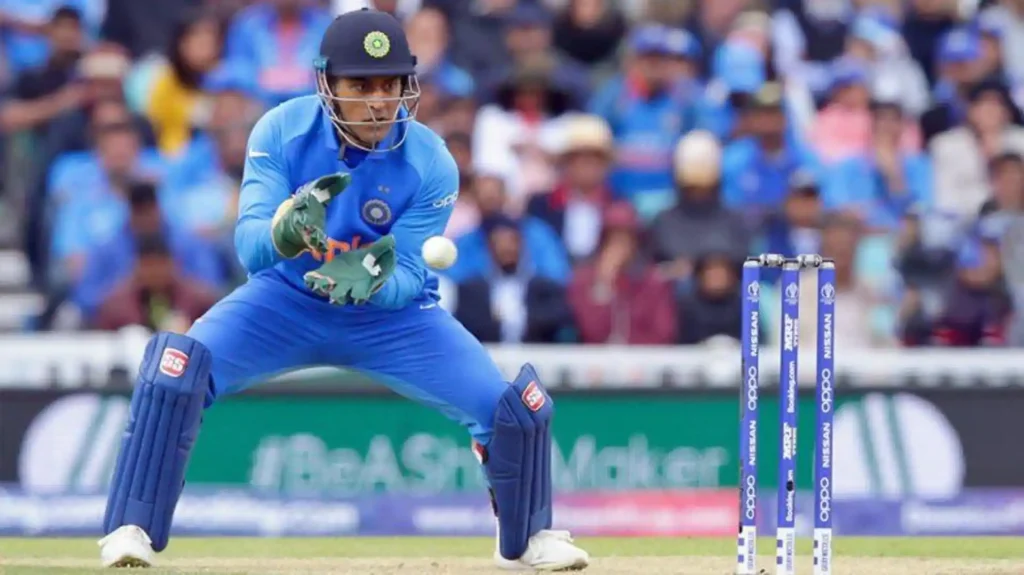Wicket-Keeper in Cricket: Detailed Role, Rules, and Importance to the Team
The wicket-keeper is arguably the most crucial and demanding fielding position in cricket. Standing directly behind the stumps at the striker’s end, the keeper is involved in almost every delivery, playing a vital role in securing dismissals, preventing runs, and influencing team strategy. Their responsibilities span catching, run-outs, and advising the captain on tactical decisions and technology reviews.

The Multifaceted Role of the Wicket-Keeper
The wicket-keeper’s duties are far more extensive than merely stopping the ball; they serve as the last line of defense and the eyes of the captain behind the stumps.
Primary Defensive and Dismissal Tasks
- Preventing Byes and Runs: The keeper’s main defensive function is to cleanly collect the ball after it passes the batsman. By stopping the ball, they prevent Byes (runs scored when the ball misses the bat and body) and limit the opportunities for the batsmen to score extra runs off edges or body deflections.
- Securing Stumpings: The wicket-keeper is the only player legally permitted to effect a stumping. This dismissal occurs when the striker is out of their crease (or ground) and misses the ball, allowing the keeper to remove the bails before the batter can regain safety.
- Catching Edges: Keepers are positioned to catch faint edges or thick deflections off the bat, particularly those that bypass the close-in slip fielders. This is a primary means of achieving a Caught dismissal.
- Run-Outs: The keeper acts as a pivotal link in the chain for most Run Out attempts, gathering throws from the outfielders to dislodge the stumps before a batter completes a run.
Modern Strategic and Advisory Functions
In modern cricket, the keeper’s role has expanded to include crucial strategic elements:
- DRS Advice: The keeper’s proximity to the stumps and the line of the delivery makes them the best-placed player to advise the captain on using the Decision Review System (DRS). They provide real-time input on the likelihood of an LBW dismissal and whether there was a faint edge (Caught Behind).
- Fielding Consultation: By observing the batsman’s footwork, weaknesses, and scoring zones at close range, the keeper provides continuous tactical feedback to the bowler and the captain, influencing subsequent field changes.
- Team Communication: Due to their central position facing the field, the wicket-keeper often acts as a critical link, relaying messages and motivating fielders.
Wicket-Keeper Rules and Restrictions
The Laws of Cricket (specifically Law 27) place stringent rules on the keeper’s equipment and positioning to ensure fairness.
Equipment Rules
A key focus of the regulation is the keeper’s gloves:
- Webbing Restriction: The webbing between the fingers of the glove is highly regulated. The law states that the webbing must not protrude beyond the straight line joining the top of the index finger to the top of the thumb. This prevents the keeper from using the webbing to gain an unfair advantage in catching the ball. The webbing must also be taut when the thumb is fully extended.
Positioning Rules
The keeper must maintain a legal position until a defined point in the delivery sequence:
- Behind the Wicket: The keeper must remain wholly behind the wicket until the ball either strikes the bat or the batter’s person, passes the stumps, or the batter attempts a run.
- No Ball Penalty: If the keeper moves in front of the stumps and collects the ball before any of the above conditions are met, the umpire at square leg must call a No Ball, penalizing the bowling team one run.
What is a Duck in Cricket? Types of Ducks – from Golden Duck to Platinum
Movement Restrictions (Law 27.4)
Once the bowler enters their delivery stride, the keeper’s movement is restricted to prevent distraction or deception:
- No Significant Change: The keeper must not significantly alter their position until the ball has either passed the stumps or has been struck by the batter.
- Allowable Movement: Keepers are permitted to make minor adjustments, such as lateral movement in response to the ball’s line (e.g., shuffling down the Leg Side for a wide delivery) or in response to a visible shot being played by the batsman. However, dramatic forward or backward movement is generally disallowed unless clearly necessary due to a slow or abnormal delivery.
Wicket-Keeper Position and Statistical Context
Only one wicket-keeper is permitted to field at any time. The fielder who typically stands closest to the keeper is the First Slip, positioned on the Off Side to catch edges off the fast bowlers. Other close-in fielders, such as Short Leg (used against spin), may also be close but are not permanent fixtures. The wicket-keeper’s high involvement rate and critical role in three types of dismissal make the position arguably the most indispensable on the field.
